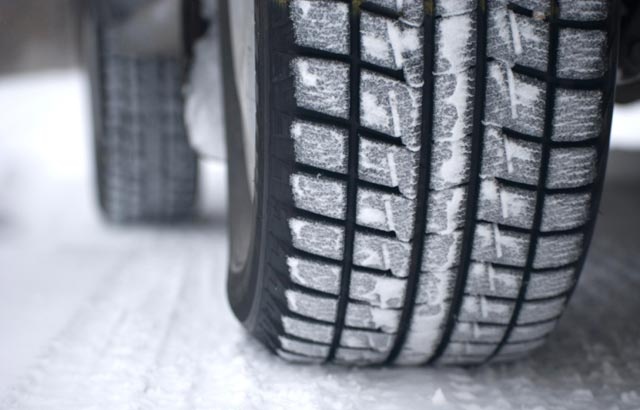A big dilemma facing drivers every year is whether all-season tires should be the choice for the winter or it is the snow tires that are the right choice for you. In this respect there are certain factors to consider before you decide to purchase. But certain issues exist that need to be addressed.
While buying tires, you need to make a compromise on paying what you get for in return. Going by price may lead you to regret at an emergency. It is more transparent when a comparison is made between all-season and special purpose ones. As the name suggests, all-season tires are meant for all seasons. That means they do not have the qualities of tires for the winter or summer types.
There is a great demand of all season tires from automakers as these tires are perfect for their new vehicles to come out of the factory at any time of the year.
Here are the low-downs of winter and all-season tires.
Vehicle – if the forces of driving are spread over the four contact patches and not on two, the tires will have a better grip in bad conditions. It is seen that in winter, a front-drive vehicle provides better grip in comparison to rear drive. However good stability control and traction rear-drive models come with all but removed the advantage.
Driving Habits – if the majority of your time is spent on cleared roads, all-seasons will work well for you. Also the all-season tires available on the high end are good enough for every condition in four-wheel-drive or all vehicles.
Some other considerations to look for while buying winter tires and wheels include:
Condition – it is no good to change a good set of all-season tires with enough tread with old and bald ones.
Age – with time, tires degrade and after a period of six or seven years, many of the properties are lost.
Budget – getting high-end all-season tires that have deep tread are found to be a better choice in comparison to brand new but cheap snow tires.
Studs – these are useful on ice only and find them useless in deep snow. Sometimes on dry pavement, they make extended stopping.
Finally, it is important to take measures about tire pressures. It is important to follow the recommendations while checking the tire pressure. These are available inside the fuel filler door, windshield post or other positions. You should follow the maximum recommended pressures while driving at higher speed or carry stuff in the trucks. It needs mentioning that for every 10 degree change in temperature, a tire gains or losses one pound of pressure.
If new tires in pairs are purchased, it is important to put those on the rear of the vehicle with the best tread whether for rear or front wheel drive. If it is on the front wheel, there is an increased likelihood of an over steer type condition or grip loss at the rear during an emergency or panic situation.

All-season vs. winter typed tires, which one should I go for?
by
Tags:
